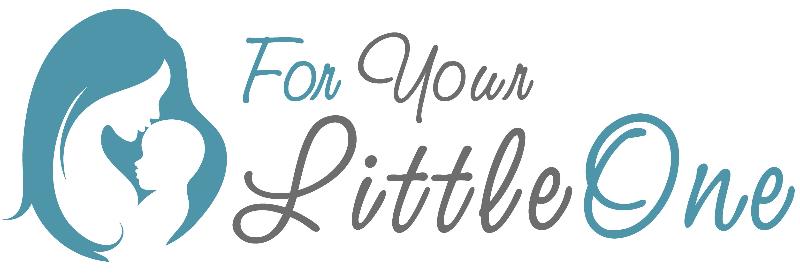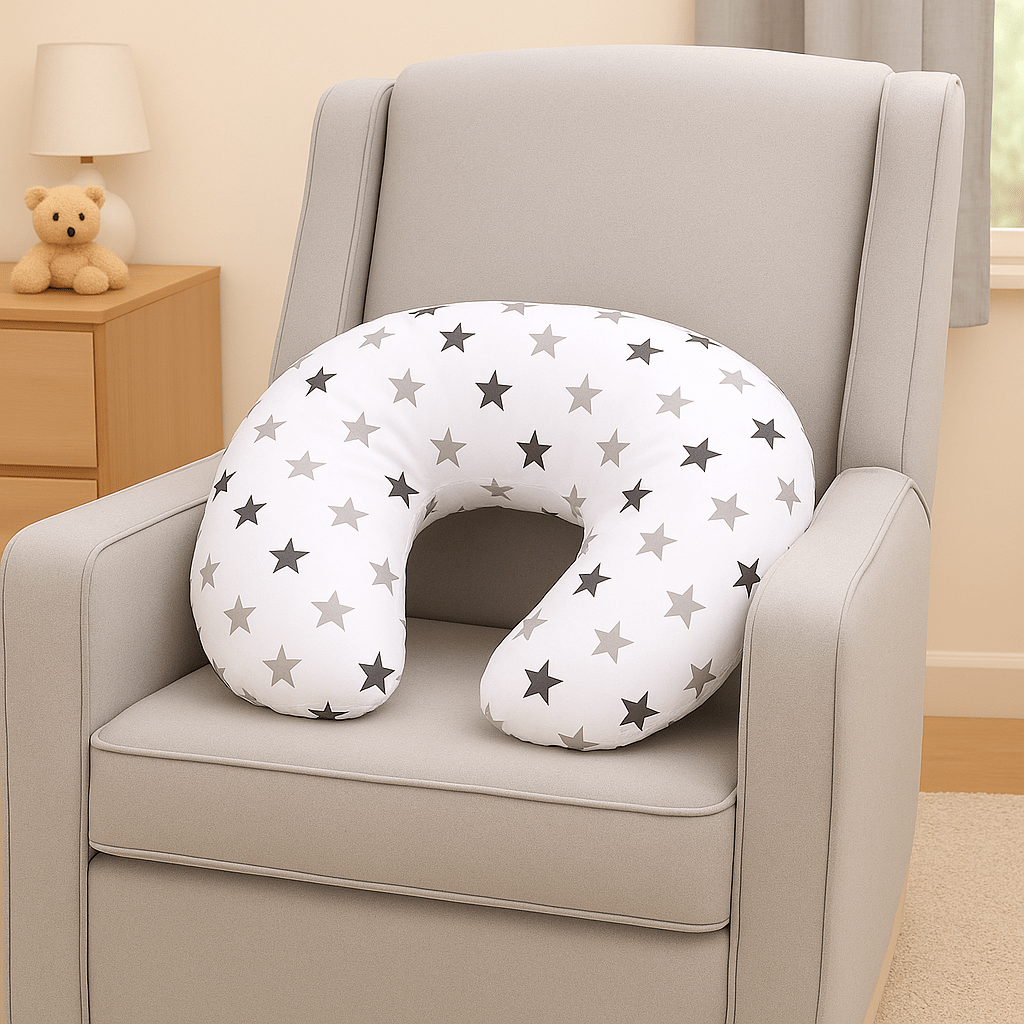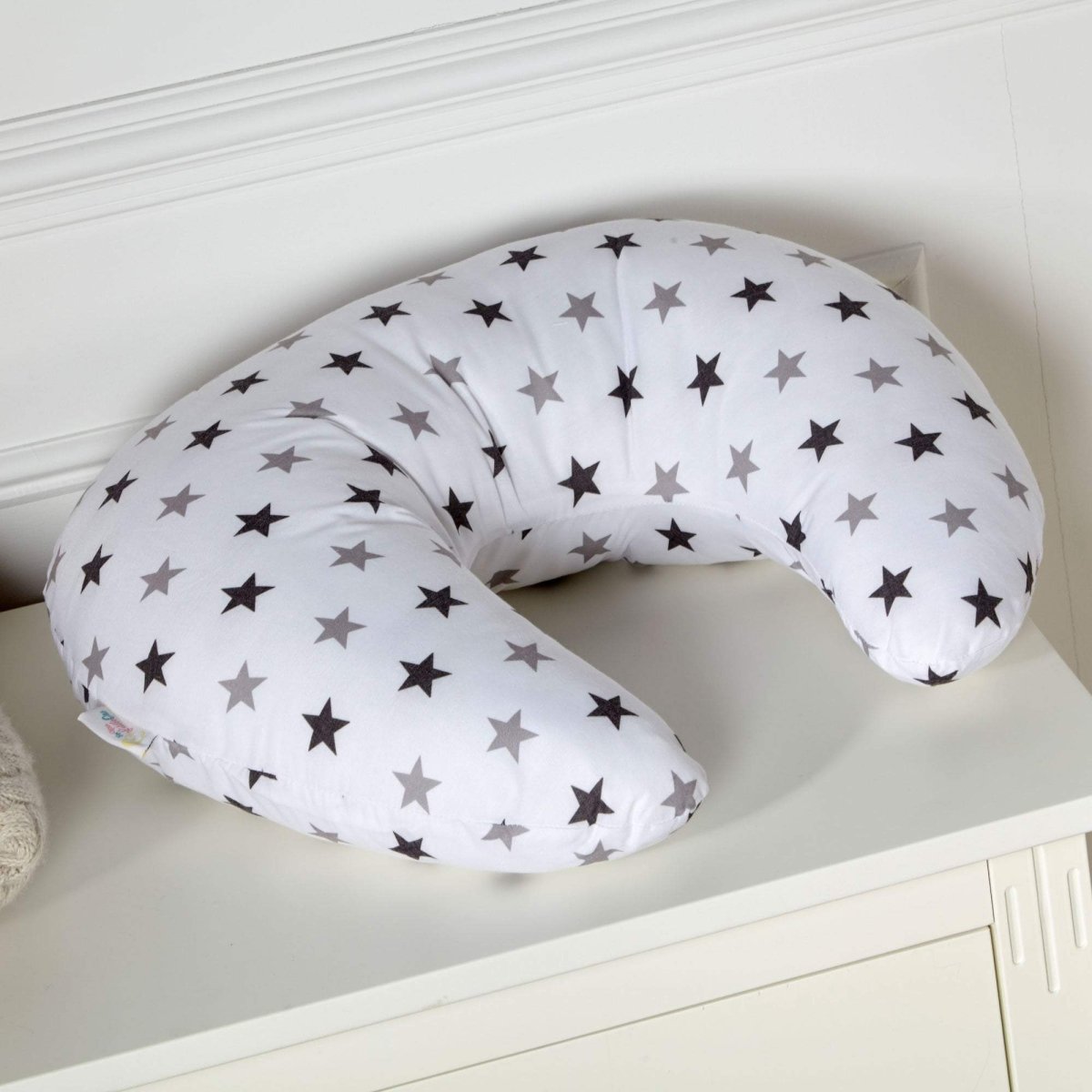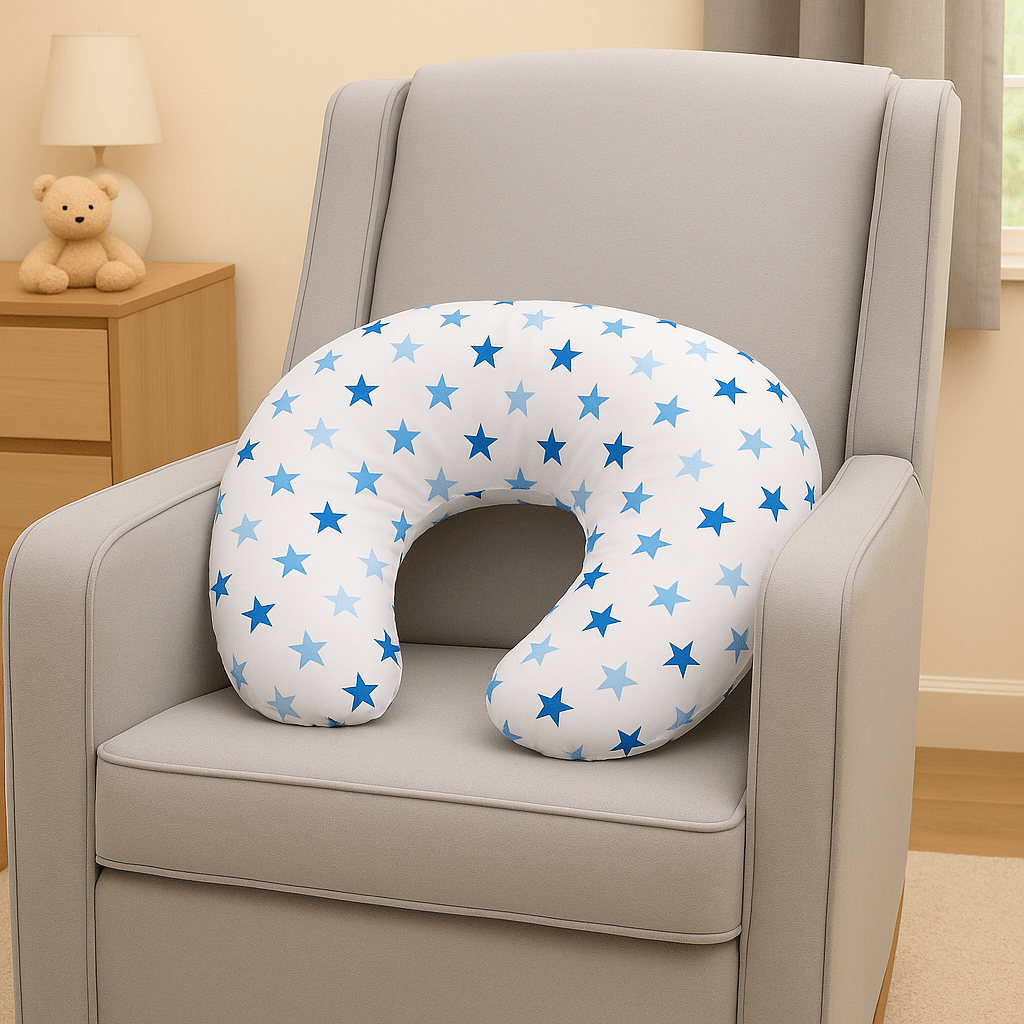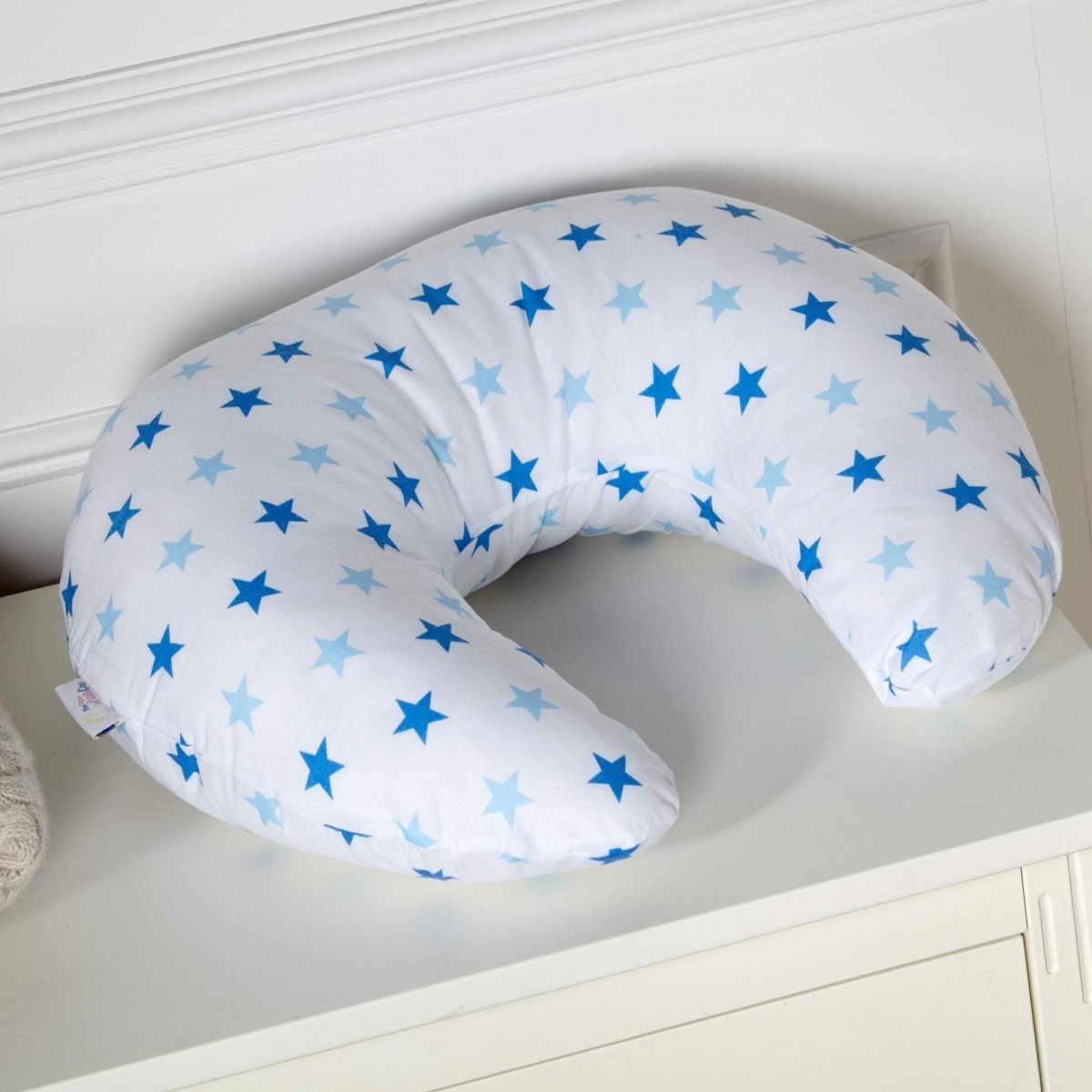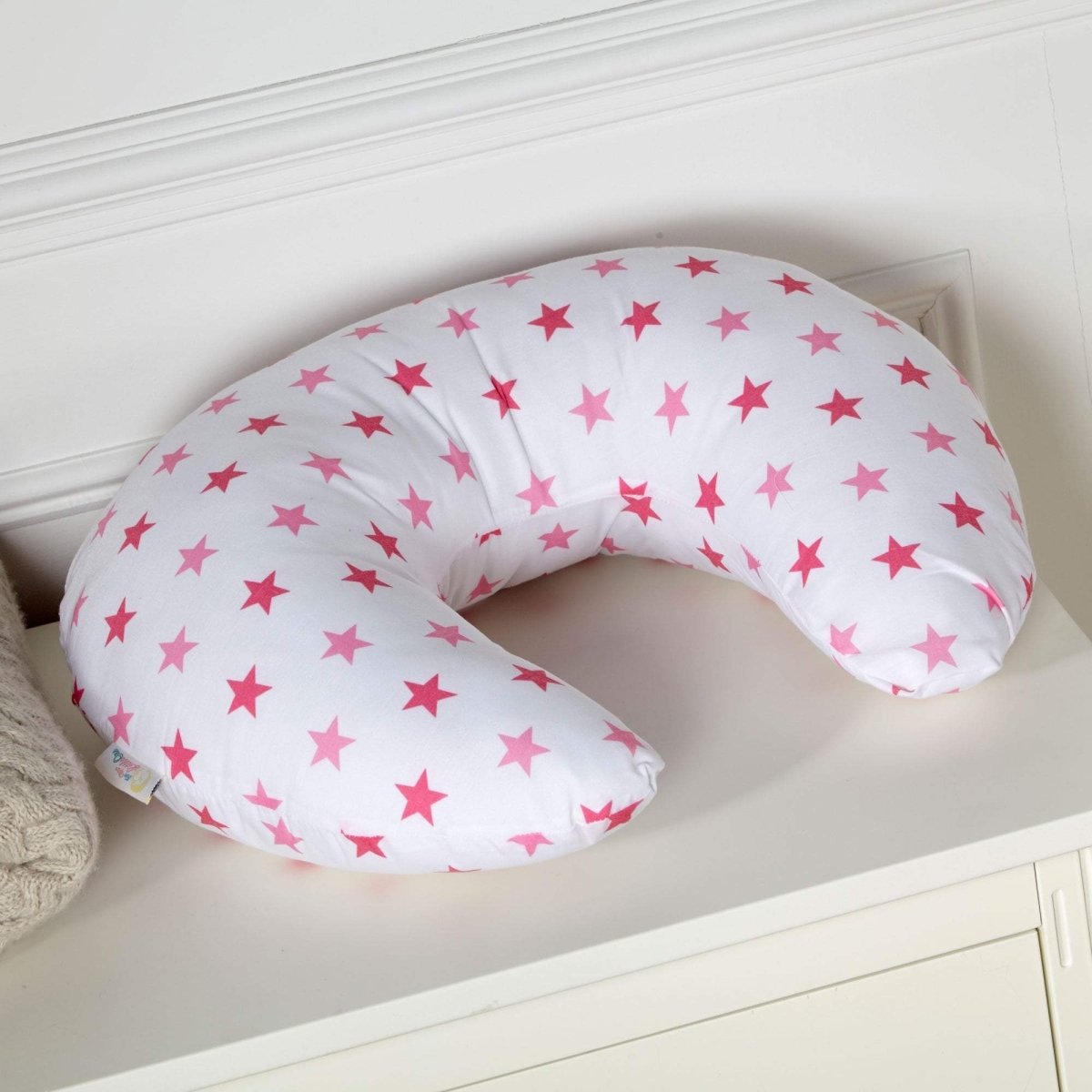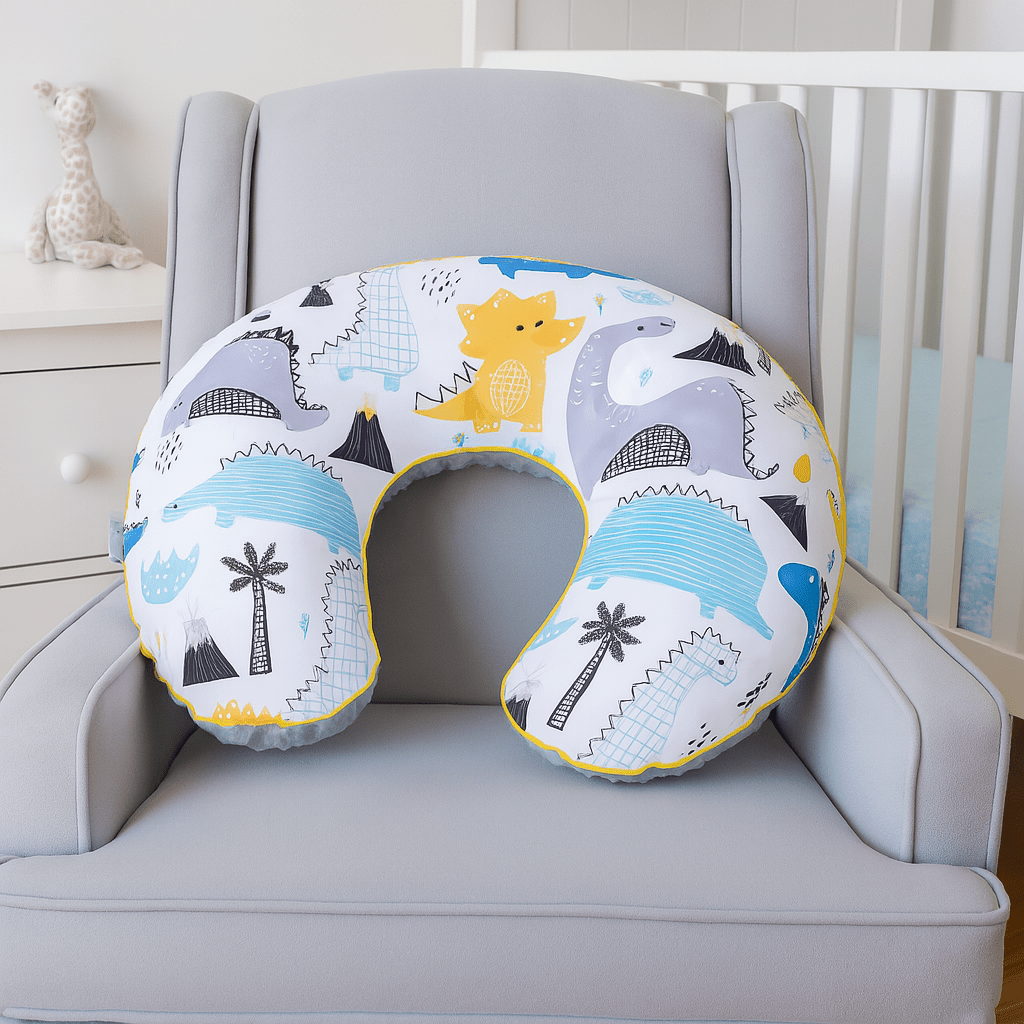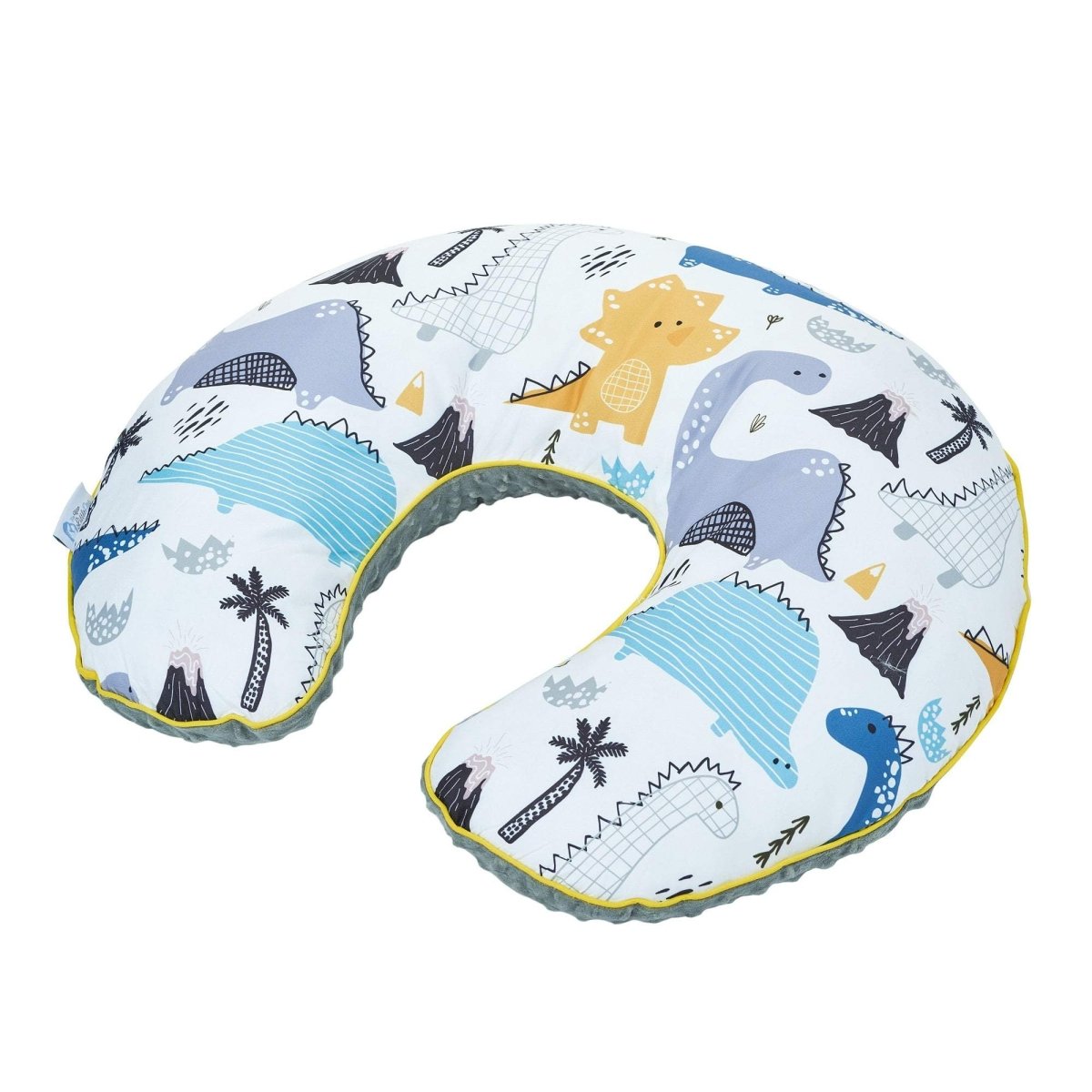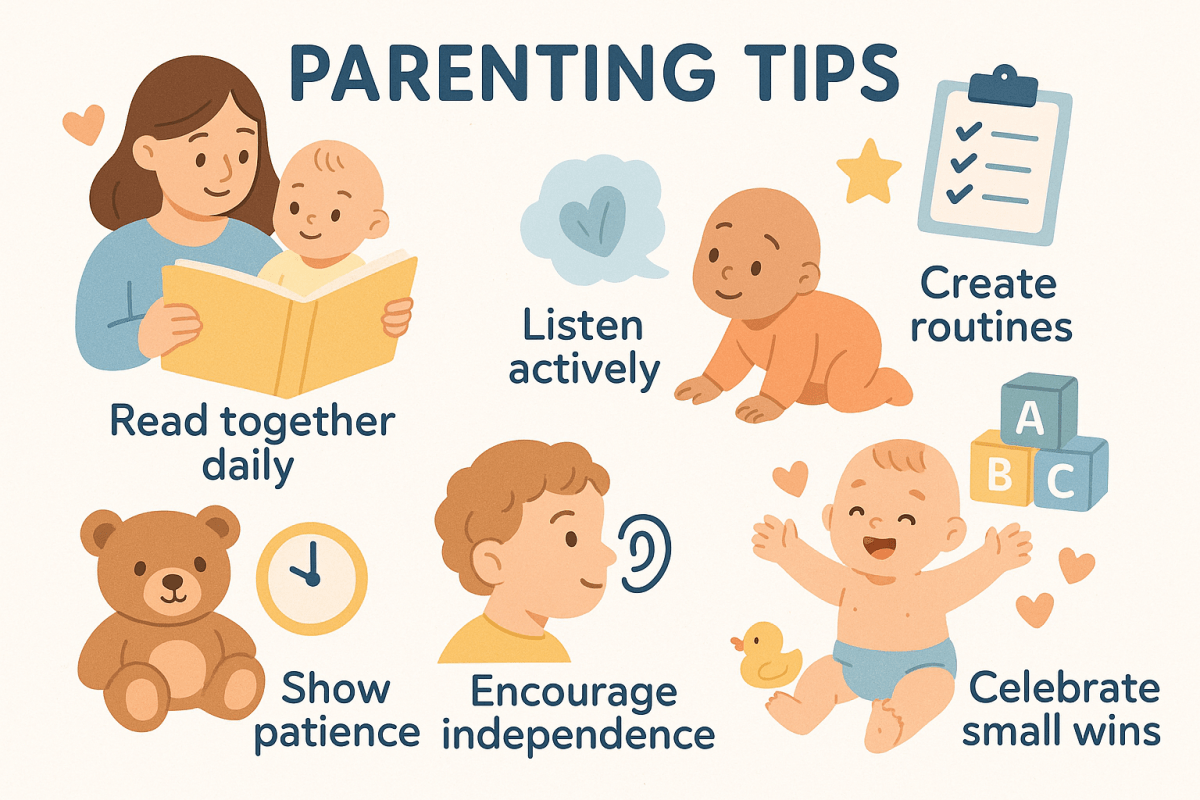Baby Care Tips UK and Parenting Advice Blog for Your Little One
Choosing the right guidance for baby care and parenting sets the stage for a confident first year. This article builds on the Baby Care Tips UK and Parenting Advice Blog for Your Little One by mapping essential themes—from newborn essentials and product reviews to toddler development, safe sleep, eco-friendly choices and parental wellness. You’ll discover evidence-based checklists, buying criteria for baby gear, stage-by-stage developmental support and practical self-care strategies. Alongside expert advice, supplementary insight into For-Your-Little-One Ltd’s quality product range and service excellence offers a trusted companion for every parent across the UK and Europe.
What Are the Essential Newborn Baby Items Every Parent Needs?
Essential newborn items include the basic equipment and comfort-enhancing accessories required to care for a baby from day one. By assembling these must-haves in advance, parents can focus on bonding and feeding rather than last-minute shopping. The items range from feeding supplies and clothing to sleep and hygiene gear that meet safety and comfort standards.
Which Newborn Essentials Should Be on Your Checklist?
Below is a foundational checklist of items new parents should prepare before your little one arrives:
- Swaddling wraps to soothe startle reflex and promote restful sleep.
- Newborn bodysuits and layers designed for easy temperature control.
- Feeding basics, including bottles, steriliser and nursing pillows.
- Changing station supplies such as nappies, wipes and barrier cream.
- Soft washcloths and a baby-safe bath support for gentle hygiene.
- Digital thermometer and baby-safe nail trimmers for routine care.
- Safe sleep solution—cot or Moses basket—meeting UK safety guidelines.
- First aid kit with saline drops, nasal aspirator and sterile dressings.
- Sturdy pram or travel system for outdoor mobility and ease.
- Car seat with ISOFIX compatibility and side-impact protection.
Each item on this checklist addresses a key aspect of newborn comfort and safety and paves the way for confident caregiving.
How to Choose Safe and Comfortable Moses Baskets for Newborns?
A Moses basket provides a cosy portable sleep space during the first weeks. When selecting one, prioritise stable frames, breathable sides and a firm, well-fitted mattress that supports spinal development. Choose natural woven materials or lightweight wood that carry up to 9 kg without tipping.
| Moses Basket Model | Material & Frame | Key Comfort Feature |
|---|---|---|
| Coastal Willow | Woven willow & metal frame | Breathable sides for airflow |
| Pure Cotton Liner | 100% organic cotton liner | Hypoallergenic padding |
| Alpine Birch | Birch wood base & handles | Ergonomic handles for stability |
Selecting a basket with sturdy handles and certified mattress support ensures your newborn enjoys secure, ventilated sleep, leading naturally to planning the broader nursery layout.
What Are the Best Baby Bedding and Nursery Furniture Options?
Nursery furniture and bedding serve both form and function, combining safety features with easy maintenance. Opt for a cot with adjustable base heights, breathable mattress and certified finishes. Bedding sets should include fitted sheets and lightweight cotton blankets.
| Furniture & Bedding | Specification | Benefit |
|---|---|---|
| Adjustable Cot | 3-level base adjustments | Adapts to newborn growth |
| Breathable Mattress | Vented foam core | Regulates temperature |
| Fitted Sheets | Deep pockets & organic cotton | Prevents slipping |
| Changing Table | Raised edges & storage drawers | Organises changing kit |
These furnishings balance durability, ergonomics and style to create a calm, functional nursery environment that supports your baby’s well-being and your caregiving routine.
How Do You Select Hypoallergenic and Skin-Sensitive Baby Products?
Skin-sensitive products reduce the risk of irritation and eczema by eliminating common irritants. Look for fragrance-free, pH-balanced washes and creams formulated with natural soothing agents like calendula or chamomile. Packaging should state dermatological testing and approvals.
Key selection criteria:
- Choose products labelled “dermatologically tested” for newborn skin.
- Avoid artificial dyes, fragrances, parabens and sulfates.
- Seek organic certification from bodies such as COSMOS or Soil Association.
- Prioritise products with barrier-forming lipids to lock in moisture.
- Test new creams on a small patch before full use.
These guidelines protect delicate skin and support a gentle skincare routine that transitions naturally into choosing safe travel gear.
How Can You Choose the Best Baby Products: Reviews and Buying Guides?
A curated review and buying guide helps parents compare features, safety ratings and user feedback before investing in prams, car seats and nursery gear. By following a structured approach, you ensure every purchase aligns with your family’s lifestyle and safety requirements.
What Features Should You Look for in Car Seats and Travel Systems?
When evaluating car seats and travel systems, focus on safety technology, comfort and compatibility:
- ISOFIX attachments to minimise installation errors.
- Side impact protection to shield head and torso.
- Adjustable harness heights that grow with your child.
- Machine-washable seat covers for easy cleaning.
- Travel system compatibility to click smoothly onto pram frames.
UN R129 (i-Size) Child Car Seat Safety Standard
The UN R129 (i-Size) regulation, introduced in 2013, is a European safety standard for child car seats that mandates improved side-impact protection, requires children to remain rearward-facing until at least 15 months old, and uses height-based classification for easier and safer installation, often with ISOFIX.
This citation verifies the safety standards and key features parents should look for when choosing car seats and travel systems, as detailed in the article.
Understanding these features streamlines product comparisons and leads into selecting the ideal pram or stroller for your region.
Which Prams and Strollers Are Best for UK and European Parents?
Prams and strollers vary by terrain, weight and collapsibility. The following table compares three top models suited to urban pavements and country trails.
| Pram Model | Terrain Suitability | Key Benefit |
|---|---|---|
| City Glide Pro | Pavements & kerbs | One-hand fold and swivel wheels |
| All-Terrain Explorer | Grass & gravel | Air-filled tyres and suspension |
| Compact Metro | Public transport | Lightweight frame under 7 kg |
Selecting a model with appropriate wheels and folding mechanisms ensures effortless manoeuvring whether walking city streets or exploring park paths.
How Do Baby Carriers Differ and Which One Suits Your Needs?
Baby carriers come in wraps, slings, soft-structured carriers and backpack styles. Each offers distinct support and carrying positions:
- Wraps conform for newborn kangaroo care.
- Slings allow easy on-the-go feeding access.
- Structured carriers provide ergonomic back support for longer outings.
- Backpack carriers suit older toddlers for hikes.
Matching carrier type to your daily activities ensures comfort for both parent and child and sets the stage for reviewing safety standards.
What Are the Safety Standards and Age Recommendations for Baby Gear?
UK and European guidelines define testing and age use:
- Car seats must comply with UN R129 (i-Size) for height-based fitting.
- Prams require EN 1888 certification for structural integrity.
- Moses baskets should meet BS EN 1466 standards for load capacity.
- Baby carriers need ASTM F2236 or equivalent for ergonomic support.
- Age recommendations must align with manufacturer guidance on weight and developmental milestones.
Knowing these standards empowers informed decisions and prepares you to interpret user reviews effectively.
How to Read and Use Product Reviews to Make Informed Choices?
Interpreting reviews involves checking verified purchases, rating distribution and detailed comments:
- Prioritise reviews that include images of real-world use.
- Examine comments on durability and wear patterns over time.
- Compare expert ratings with parent-submitted feedback.
- Look for consensus on installation ease and customer service experience.
- Balance high-star reviews against any recurring safety concerns.
This review-reading approach bridges product analysis with selecting toddler development support tools.
What Are the Key Toddler Development Stages and How to Support Them?
Toddler development spans rapid physical growth, language emergence and social-emotional learning. Recognising each stage enables targeted activities and toy selections that nurture emerging skills.
When Do Toddlers Reach Important Milestones Between 1 and 3 Years?
Typical milestone windows include:
- 12–18 months: First steps, simple words and pointing.
- 18–24 months: Two-word sentences, running and problem-solving with objects.
- 24–30 months: Building towers of six blocks, using “I” and “me.”
- 30–36 months: Kicking balls, identifying colours and engaging in pretend play.
Tracking these milestones guides age-appropriate play and prepares for selecting stimulating toys.
Which Age-Appropriate Toys Encourage Learning and Play?
Educational toys support fine motor skills, cognitive function and creativity. Below is a comparison of popular toddler toys.
| Toy Type | Development Focus | Primary Benefit |
|---|---|---|
| Stacking Blocks | Hand-eye coordination | Improves spatial reasoning |
| Shape Sorter | Problem solving | Enhances logical matching and patience |
| Musical Instrument | Auditory development | Fosters sensory exploration and rhythm |
Choosing toys that align with emerging skills maximises learning while keeping playtime engaging.
How Can Parents Manage Toddler Tantrums and Behaviour Effectively?
Tantrums are normal expressions of frustration. Effective management includes:
- Acknowledging emotions with calm words and a reassuring tone.
- Redirecting attention to a preferred activity or toy.
- Establishing simple, consistent routines and clear boundaries.
- Offering two-choice prompts to empower decision-making.
- Using positive reinforcement for cooperative behaviour.
These strategies promote emotional regulation and strengthen the parent–child bond, leading naturally into toilet training preparation.
What Are the Best Potty Training Tips and Step-by-Step Guides?
Successful potty training follows clear, incremental steps:
- Introduce a potty chair and explain its purpose in simple language.
- Encourage sitting with clothes on to familiarise your toddler.
- Offer regular opportunities after meals and naps.
- Celebrate successes with praise and a small reward.
- Transition gradually to training pants and then underpants.
A structured routine and positive reinforcement help toddlers embrace this important milestone confidently.
How Can New Parents Follow Safe Sleep Practices for Infants?
Safe sleep practices reduce the risk of SIDS and promote healthy rest. Creating an environment that meets established guidelines provides reassurance and supports developmental needs.
What Are the Recommended Safe Sleep Environments for Newborns?
Newborns require firm surfaces, minimal bedding and clear sleep areas:
- Cot or Moses basket with a flat, firm mattress.
- No pillows, bumpers or loose blankets in the sleep space.
- Room temperature maintained between 16–20 °C.
- Baby placed on their back without head coverings.
- Close proximity for parent monitoring, ideally in the same room.
Safer Sleep for Babies: Reducing the Risk of SIDS
The Lullaby Trust provides evidence-based guidance on safe sleep practices, including placing babies on their back for every sleep, ensuring a clear cot, maintaining a room temperature between 16-20°C, and room sharing for at least the first six months to significantly reduce the risk of Sudden Infant Death Syndrome (SIDS).
This directly supports the article's recommendations on safe sleep environments and practices for newborns, aligning with UK guidelines.
These measures ensure a secure sleep zone that aligns with UK safe sleep recommendations.
How to Use Moses Baskets Safely According to UK Guidelines?
Following Lullaby Trust guidance, use Moses baskets only up to 3–4 months and:
- Position on a stable, flat surface away from hazards.
- Ensure basket sides remain upright and intact.
- Never suspend baskets from stands or use as a prolonged sleep solution.
- Check handles and stitching for wear before each use.
- Remove all loose items and toys before placing baby inside.
Adhering to these rules supports safe, portable sleep and transitions smoothly into addressing common sleep challenges.
What Are Common Newborn Sleep Challenges and How to Solve Them?
Typical issues include frequent waking, reflux discomfort and settling difficulties:
- Establish a consistent bedtime routine with quiet lullabies.
- Offer a gentle pacifier to encourage self-soothing.
- Use anti-reflux positioning with a slight incline under the mattress.
- Introduce white noise to mimic womb-like conditions.
- Avoid overstimulation by dimming lights 30 minutes before sleep.
Combining these tactics fosters longer sleep stretches and builds healthy sleep habits.
How to Incorporate Eco-Friendly and Sustainable Choices in Baby Care?
Eco-friendly baby care reduces waste and supports environmental health. By selecting sustainable products, parents model responsible consumption and protect future generations.
Which Eco-Friendly Baby Products Are Available in the UK Market?
The UK offers reusable nappies, biodegradable wipes and organic feeding essentials:
- Reusable cloth nappies with adjustable snaps.
- Bamboo fibre wipes that compost safely.
- Glass bottles and stainless steel lunch tins.
- Wooden teethers made from FSC-certified timber.
- Plant-based laundry detergents free from phosphates.
Life Cycle Assessment of Disposable and Reusable Nappies in the UK
A 2023 report commissioned by the Department for Environment, Food and Rural Affairs (Defra) found that reusable nappies produce 25% less CO2 and have over 90% lower environmental impact in production compared to single-use nappies. However, the report also noted that reusable nappies scored worse in 11 out of 18 environmental categories, primarily due to water and electricity consumption during washing and drying.
This research provides verified data on the environmental benefits and considerations of reusable nappies, supporting the article's section on eco-friendly choices.
Choosing these products minimises landfill waste and nurtures eco-conscious habits.
How to Choose Organic and Natural Skincare for Babies?
Organic skincare avoids synthetic chemicals and supports sensitive skin:
- Select lotions certified by COSMOS or Soil Association.
- Prioritise natural oils such as jojoba, almond and sunflower.
- Look for packaging with minimal plastic and recycled materials.
- Verify that formulas are free from PEGs, phthalates and sulfates.
- Test products on a small skin patch to confirm tolerance.
Natural formulations protect delicate skin while reinforcing a sustainable care routine.
What Are the Benefits of Reusable Nappies and Sustainable Accessories?
Reusable nappies and accessories offer long-term savings and ecological impact:
- Reduced landfill contributions compared with disposables.
- Cost savings over multiple children and extended use.
- Adjustable sizing supports growth from newborn to toddler.
- Enhanced breathability reduces nappy rash incidents.
- Stylish prints and materials that withstand frequent washing.
These advantages demonstrate how sustainable choices promote both baby comfort and environmental stewardship.
What Parenting Wellness Tips Support Mum’s Health and Family Life?
Parental wellness underpins a positive family dynamic. Practical self-care strategies, balanced schedules and nutritious meals sustain energy levels and mental clarity for busy mums.
How to Manage Postnatal Care and Mum’s Well-being Effectively?
Postnatal recovery demands physical rest and emotional support:
- Schedule regular rest periods and gentle pelvic floor exercises.
- Attend postnatal check-ups and address any concerns promptly.
- Seek peer support groups to share experiences and advice.
- Incorporate guided relaxation or mindfulness sessions daily.
- Maintain hydration and nutrient-rich meals to aid healing.
This holistic approach builds resilience and transitions into balancing wider family commitments.
What Are Practical Tips for Balancing Work and Family Life?
Effective work–life balance combines planning and realistic expectations:
- Create a flexible schedule with core “family time” blocks.
- Delegate chores and enlist partner support for shared tasks.
- Use childcare options strategically for career continuity.
- Establish device-free zones to maximise focused interaction.
- Set clear boundaries between work and home responsibilities.
These tactics enhance productivity and nurture quality family moments throughout busy days.
How to Plan Family Travel with Babies and Toddlers?
Stress-free family travel begins with thoughtful preparation:
- Pack a travel bag with snacks, spare clothes and first-aid essentials.
- Choose lightweight, compact travel systems for ease.
- Book accommodations with baby-friendly amenities.
- Plan rest stops to allow little legs time to stretch.
- Research local healthcare facilities before departure.
Advance organisation ensures memorable trips that accommodate both comfort and exploration.
Which Healthy Recipes Are Suitable for Babies and Toddlers?
Simple, nutrient-dense meals support growth and palate development. The table below highlights balanced recipe ideas.
| Recipe Idea | Main Ingredients | Developmental Benefit |
|---|---|---|
| Mashed Avocado & Banana | Avocado, banana | Healthy fats and potassium |
| Quinoa Porridge | Quinoa, milk, berries | Protein, iron and antioxidants |
| Vegetable Frittata | Egg, spinach, carrot | Iron, vitamins and texture introduction |
Introducing these recipes fosters self-feeding skills and varied taste experiences that enrich family mealtimes.
How Can You Use Our Blog to Make Informed Parenting Decisions?
Our blog serves as a one-stop hub for evidence-based guidance, product insights and community support—perfect for navigating each stage of early parenthood.
Where to Find Detailed Guides on Baby Product Selection and Usage?
Explore dedicated sections on newborn essentials, gear reviews and nursery planning. Each guide includes criteria checklists, comparison tables and usage tips to streamline decision-making and lead to confident purchases.
How Does Our Community Support Parents Across the UK and Europe?
For-Your-Little-One Ltd’s community forums and social channels connect caregivers for peer advice, product feedback and local meetup information. This network fosters reassurance and real-life tips that complement our expert content.
What Are the Latest Trends and Research in Baby Care and Parenting?
Stay updated with posts on sustainable product launches, developmental psychology insights and evolving safety standards. Timely market analyses and trend briefs keep parents informed about innovations and best practices in baby care.
As you apply these guidelines, your preparations—from sourcing newborn essentials to nurturing toddler milestones—will rest on solid information and trusted products. Embrace each stage with confidence, knowing support is always within reach for you and your little one.
